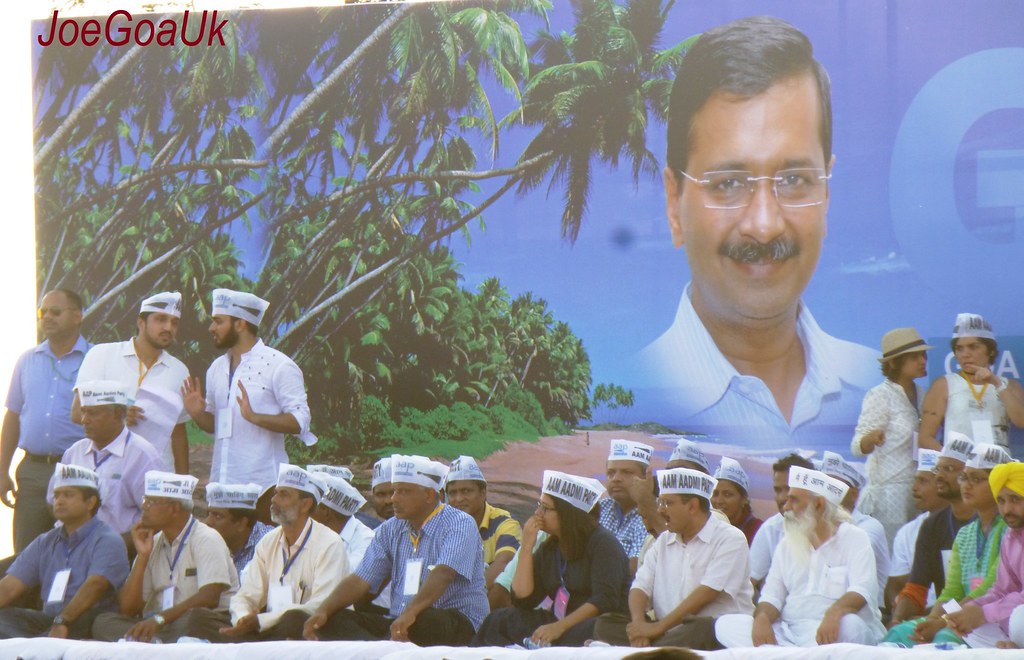Aam Aadmi Party’s work in schools and mohalla clinics, free bus rides for women and subsidies for electricity and water was a major draw. But if Kejriwal really wants to be a game-changer, he might want to end an old bias against including women in the cabinet.

Following his party’s triumph in the Delhi elections, the swearing in of Arvind Kejriwal’s new cabinet had the stale whiff of an old exclusion: No women in the team. Deputy chief minister Manish Sisodia’s explanation that there was “nothing wrong in repeating the same cabinet” doesn’t wash. Repeating a past omission is not going to fix it. This omission is particularly egregious when you consider the results of a poll-eve survey by Lokniti-The Centre for the Study of Developing Societies, published in The Indian Express which found that women were 11 percentage points more likely to vote for Aam Aadmi Party (AAP) than men.
The fact that women have, in many recent elections, turned out in greater numbers than men to vote no longer surprises. What does is the stubbornness of the parties, old and new, to share political power. Across ideology and geography, parties pay lip service to women’s empowerment. But when it comes to sharing power, their words ring hollow. Exceptions to this now predictable dance are Naveen Patnaik’s Biju Janata Dal and Mamata Banerjee’s Trinamool Congress, which earmarked 33% and 41% seats respectively for women candidates in the 2019 election.